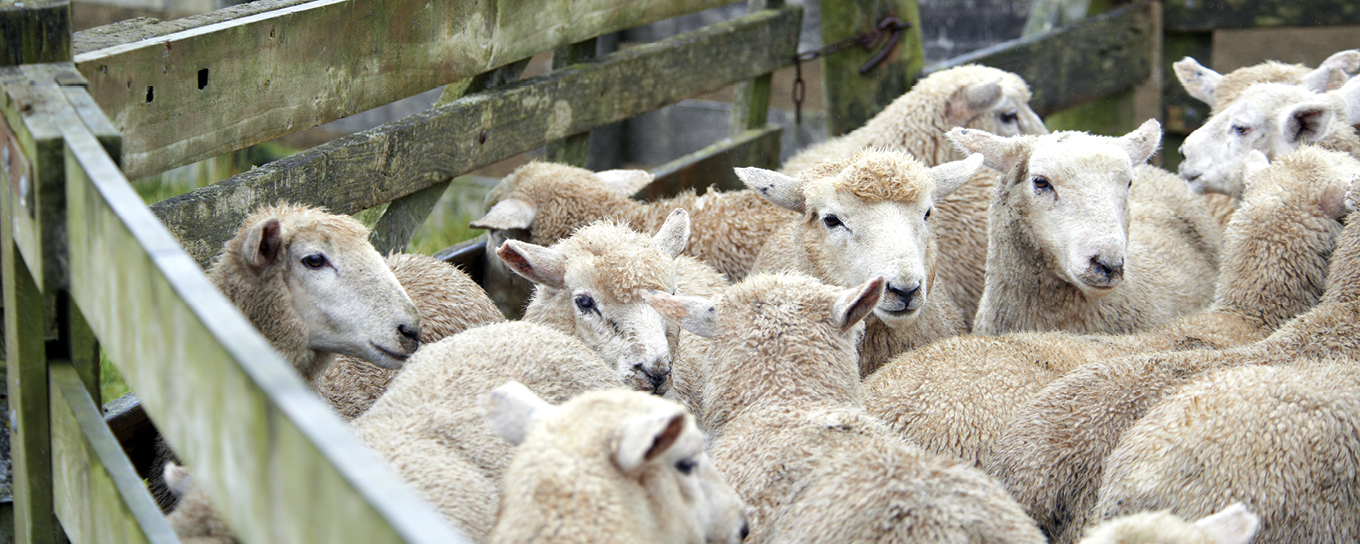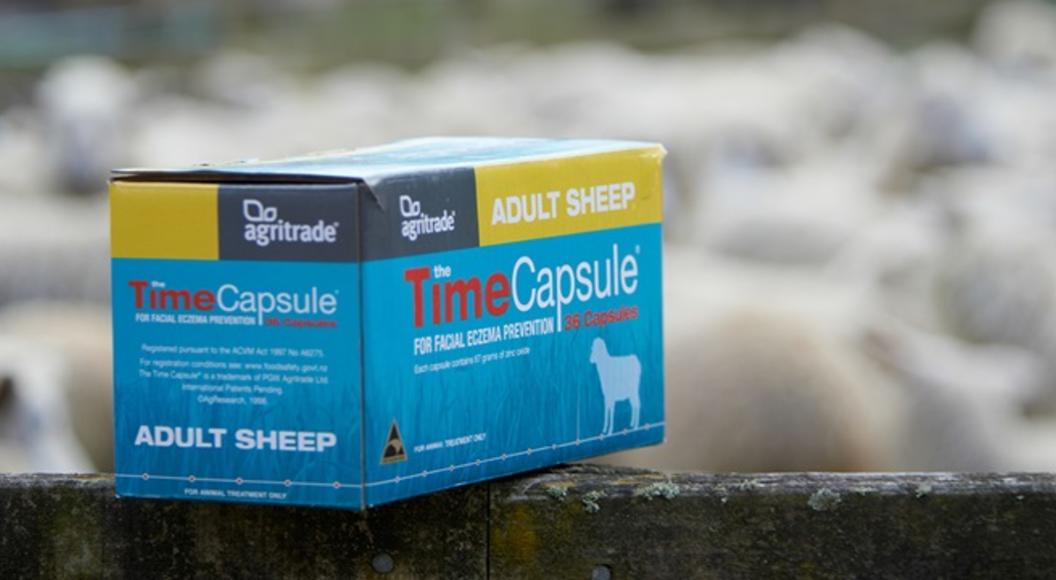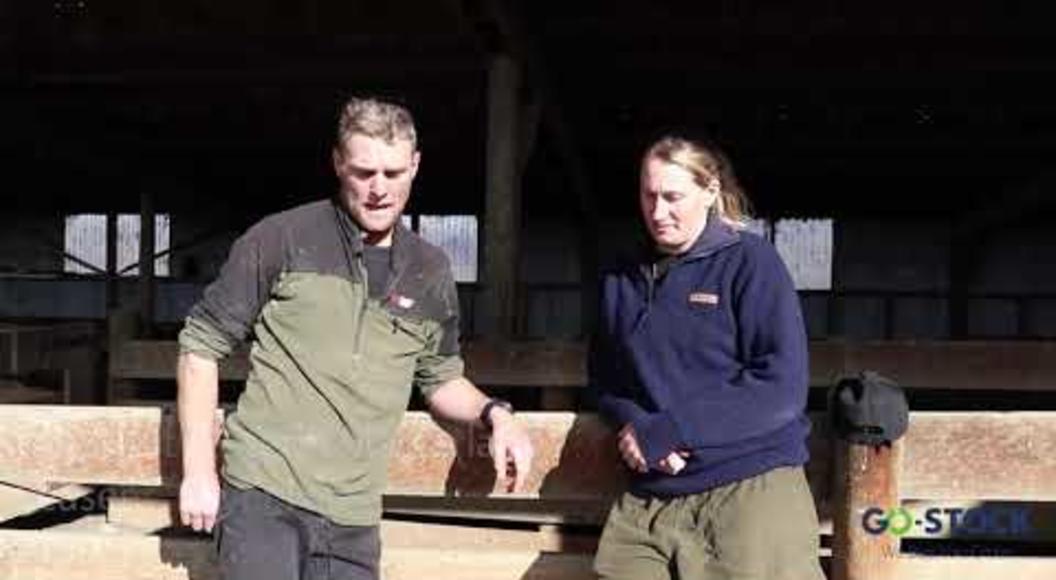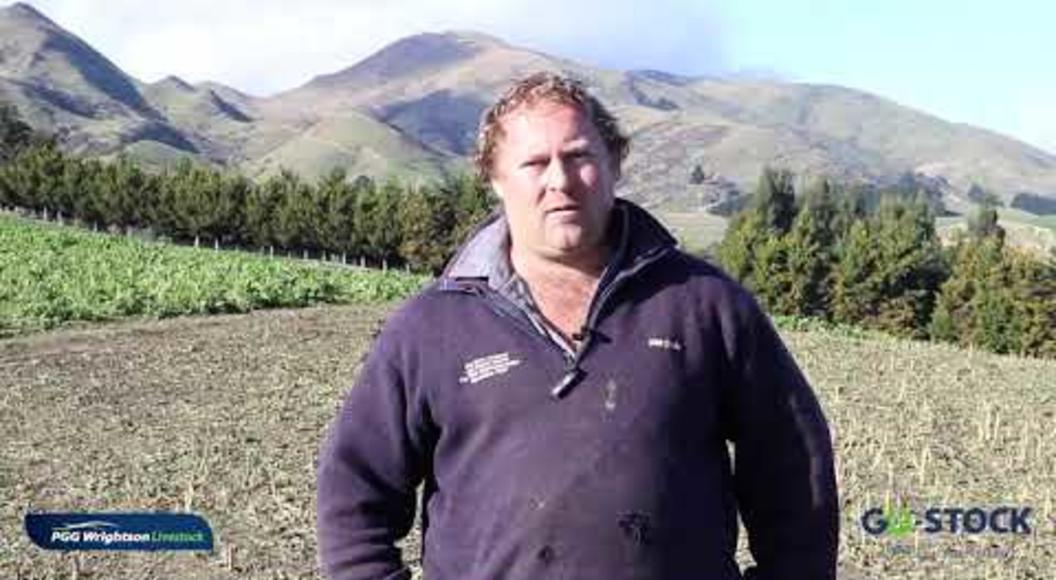
Mid pregnancy management of ewes
Scanning, which usually occurs at about 80 to 90 days post ram introduction, is often the last opportunity to assess your ewe flock body condition. Make the most of it so you have time to influence outcomes heading into lambing.
We know that the optimum Body Condition Score (BCS) of 3.0 to 3.5 at lambing results in increased birth weight of lambs and maternal drive to nurture lambs, increasing survival. Ewes produce more, higher quality colostrum, and peak lactation volume is increased leading to faster growth rates and heavier weaning weights of lambs. Also, the weaning condition of ewes is better when they lamb at optimal condition.
Assessing each individual ewe at scanning time means lighter ewes can be identified, which are those with a BCS of less than 3.0. Match this up with scanning status to develop a preferential plan for the lighter ewes. By separating them, acting on a plan and where possible increasing nutrient intake, these ewes have a chance to get closer to the target BCS.
Pasture covers help to ensure that the ewe is able to consume the specified amounts easily to meet the energy demands of pregnancy. The average twin bearing ewe needs to have a liveweight gain of approximately between 14 to 18 kg (this is the gain in foetus and fluids) during the pregnancy to maintain her starting point at mating. Providing good quality pasture (an average length of 1 to 2 cm) up until scanning provides ewes’ maintenance requirements. This then needs to increase to 2 to 3 cm length pasture to meet the increase in foetal demands in the last four to six weeks of pregnancy.
Realistically you have approximately four weeks to achieve his in the light ewes that were mated in the first cycle, before rumen size is affected by the rapidly growing foetuses. This results in a reduction in dry matter intake in the last two to Three weeks prior to lambing.
Feed availability, farm and flock characteristics, along with current climatic conditions, mean each farm may require a different solution for the light ewes. The preferential feeding of these light conditioned ewes is crucial. This could be targeted supplementary feeding of light multiple bearing ewes with feed blocks, nuts or crops that are available as long as good transition occurs. Another solution could be to hold single bearing ewes on maintenance feeding, including rougher pasture, for longer, or grazing these ewes behind the multiple bearing ewes which have priority feed demands. If you have triplet bearing ewes,it may be beneficial to run them on another block with better quality feed. These light ewes should also have a faecal egg count done to determine parasite challenge and, if required,drenching done.
Remember, the ewes are in the yards at scanning so run your hands over each one. It doesn’t take much extra work and can bring you great rewards. The key is to have a plan to do something once you have identified the light ones. Knowing and meeting your ewes’ requirements at the main stages of the production cycle are essential for optimal performance and welfare of your flock, but most importantly it influences your bottom line financially.
To discuss feed requirements or any drenching requirements, contact your local PGG Wrightson Technical Field Representative or store. For further tech tips on body condition scoring your flock, visit the PGG Wrightson YouTube channel.
VIEW OUR RANGE OF BLOCKS | VIEW OUR RANGE OF DRENCH


